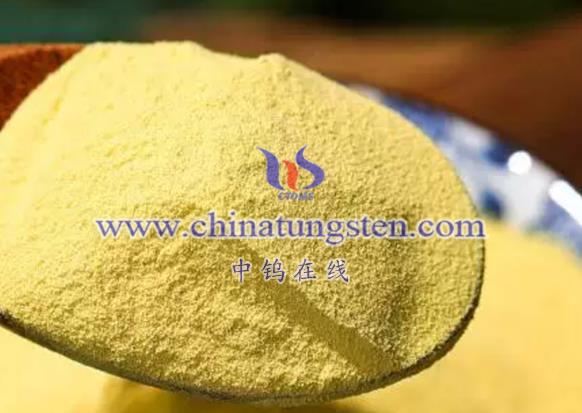
Three-dimensional mesh-structured tungsten oxide nanomaterials, with their unique structure and excellent physical and chemical properties, have a wide range of potential applications in various fields. Here are the main application areas:
- Energy Sector Applications of Three-Dimensional Mesh-Structured Tungsten Oxide Nanomaterials
- Lithium-Ion Batteries: Three-dimensional mesh-structured tungsten oxide nanomaterials can be used as the anode material in lithium-ion batteries. Their high specific surface area and excellent electrical conductivity help improve the energy density and cycling stability of the battery. Additionally, the unique three-dimensional structure facilitates the fast insertion and extraction of lithium ions, thus enhancing the charging and discharging performance of the battery.
- Supercapacitors: Similarly, these nanomaterials can also be used as electrode materials for supercapacitors. Their superior conductivity and structural stability contribute to improving the charge storage capacity and power density of the supercapacitors.
- Photocatalysis Applications of Three-Dimensional Mesh-Structured Tungsten Oxide Nanomaterials
- Photocatalytic Water Splitting: Three-dimensional mesh-structured tungsten oxide nanomaterials exhibit good light absorption properties in the visible light and near-infrared regions, making them ideal for photocatalytic water splitting to produce hydrogen. Their unique three-dimensional structure enhances multiple reflections and scattering of light within the material, improving light absorption efficiency and facilitating the water splitting reaction.
- Photocatalytic Degradation of Pollutants: These materials can also be used for photocatalytic degradation of organic pollutants and other environmental applications. Their high surface area and excellent photocatalytic performance make them highly effective in addressing water pollution.
- Sensor Applications of Three-Dimensional Mesh-Structured Tungsten Oxide Nanomaterials
- Gas Sensors: Three-dimensional mesh-structured tungsten oxide nanomaterials have high sensitivity and selectivity to gas molecules, making them suitable for high-performance gas sensors. The unique three-dimensional structure helps with the adsorption and desorption of gas molecules on the material surface, thereby enhancing the sensor’s sensitivity and response speed.
- Other Applications of Three-Dimensional Mesh-Structured Tungsten Oxide Nanomaterials
- Electrochromic Materials: Three-dimensional mesh-structured tungsten oxide nanomaterials can be used as electrochromic materials, such as in the fabrication of smart windows and other smart devices. By applying voltage or current, their optical properties can be adjusted, allowing the control of the light transmittance of windows.
- Fire-Resistant Materials: Due to their excellent high-temperature resistance and chemical stability, these nanomaterials can also be used in the production of fire-resistant coatings and materials.
These are just a few of the potential applications of three-dimensional mesh-structured tungsten oxide nanomaterials. With the ongoing development of nanotechnology and further research, it is expected that their application areas will continue to expand and deepen. Moreover, the performance requirements for materials vary across different application fields, so material selection and optimization should be tailored to the specific needs of each application.
More details of tungsten oxide product, please visit website: tungsten-oxide.com
Please contact CHINATUNGSTEN for inquiry and order of tungsten oxide:
Email: sales@chinatungsten.com
Tel.: 86 592 5129595















